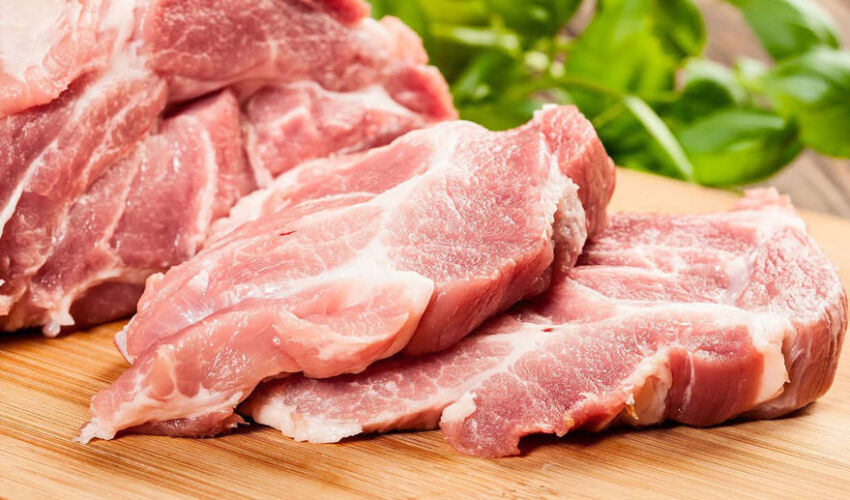
At the beginning of this week Logos Press warned readers that the manager of the largest pig breeding company in Moldova, in a dialog with its most important client, a meat producer, announced another wave of increase in pork prices. It will cover the Moldovan meat market presumably after the May holidays.
The reasons are traditional. It has become warm in summer – the cost of maintaining proper temperature conditions during transportation of fresh pork to the places of processing/sales has increased. The demand for “kebab pork” for May trips to the countryside has also increased. However, along with the previous reasons for the seasonal increase in meat prices, a new reason has emerged – a situational increase in the price of pork in the European Union.
This is where the FAO Food Index comes in. It consists of the average of five price indices for certain commodity groups: cereals, vegetable oils, sugar, dairy products and meat. So for meat world prices in April were 3.2% higher than in March. And, as the FAO release emphasized, “pork prices recorded the most significant increase”. It was supported by higher quotations in the European Union due to strong global import demand “following the restoration of Germany’s FMD-free status” and the lifting of associated import/export restrictions.
Germany is a major supplier of pork to a number of major European consumer countries, notably the UK. So, there is an opportunity to resume trade – demand appears, and prices rise after it. For the modest Moldovan meat market, Germany is not the most important supplier of pork at the moment. However, according to the principle “if there is a gain somewhere, there will be a loss somewhere”, Germany’s return to the European meat market and the associated intensification of supplies and the increase in pork prices will probably have an indirect impact on Moldova.
At least, in the sense that cheap pork (frozen half-carcasses and parts of carcasses) is now harder to find in Europe than two-three weeks earlier. According to European epizootic reports, the notorious foot-and-mouth disease, from which Germany is already free, is shifting to the south-south-east of Hungary. Probably, in this connection, the corridors of transit of live Hungarian pigs through Romania to Moldova have been closed. This means that the day is not far off when the Moldovan meat market will be strictly dependent on supplies of frozen European pork, which has already gone up in price, by the way.
That is, there are reliable grounds for another increase in prices for Moldovan pork.













